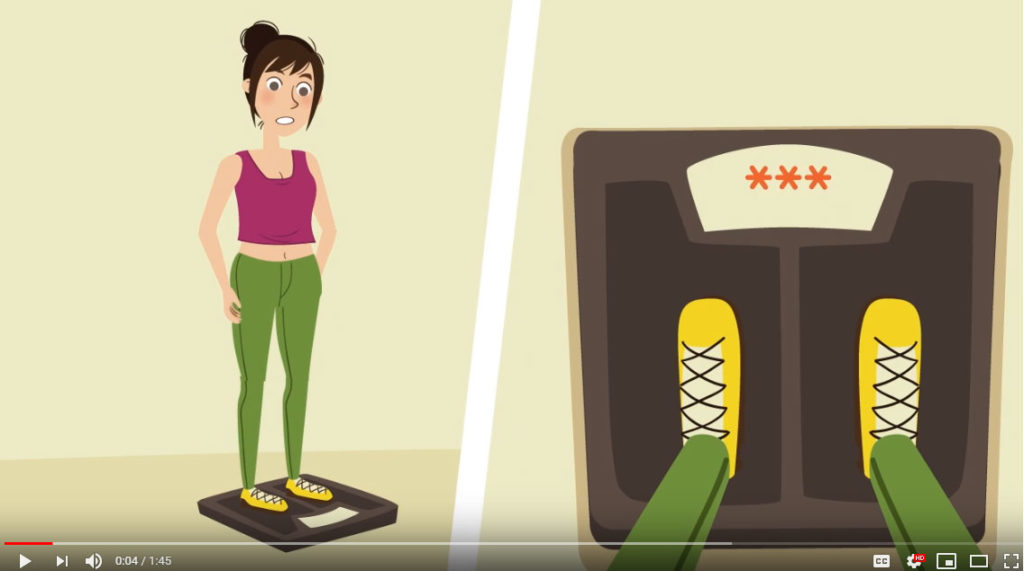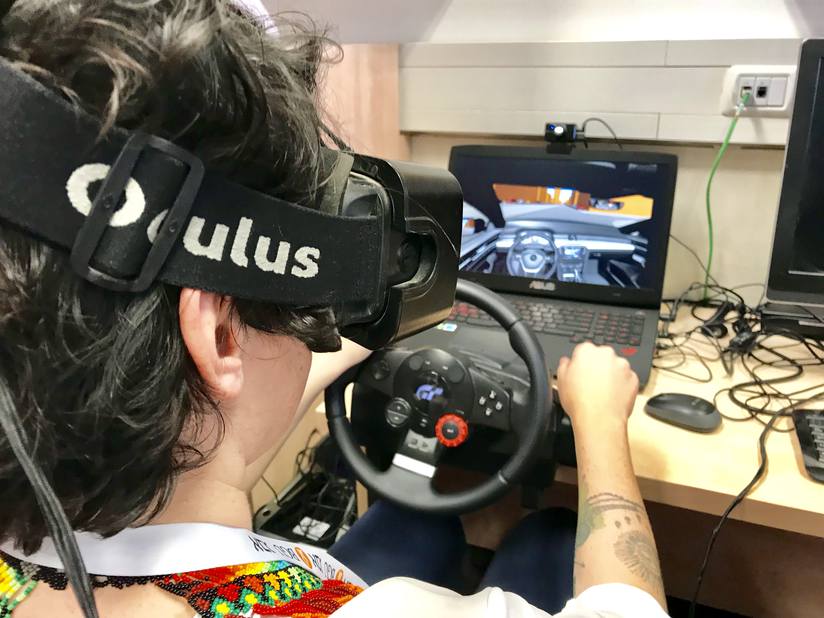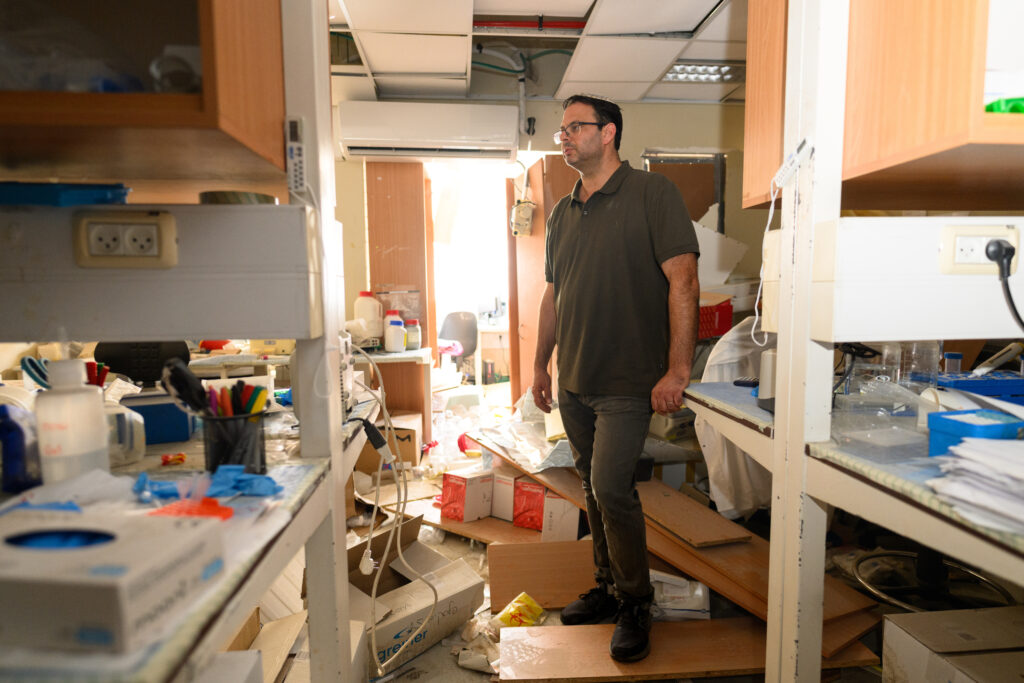
Pompeii’s Ruins to Be Reconstructed by Robot
Pompeii’s Ruins to Be Reconstructed by Robot
December 7, 2021
Scientific American–Imagine you have a jigsaw puzzle with 10,000 pieces but no picture on a box. In fact, you don’t even have the box—it was destroyed nearly 2,000 years ago. These puzzle pieces are fragments of frescoes in the ancient Roman city of Pompeii that were leveled or buried by the eruption of Mount Vesuvius in A.D. 79. Some pieces are missing, others are broken. And instead of being precisely-cut shapes designed to neatly interlock, they’re damaged, irregular fragments. How would you solve this puzzle?
Send in the robot. “We think that using an AI-based system will not be enough,” says Pelillo, whose group is developing the puzzle-solving AI in conjunction with a team at BGU. That’s why they’ll get guidance from archaeologists and art historians about the different styles of frescoes found in Pompeii.
Their project—dubbed RePAIR (Reconstructing the Past: Artificial Intelligence and Robotics meet Cultural Heritage)—melds robotics, AI and archaeology in an attempt to reconstruct architectural features of Pompeii that would otherwise remain incomplete, because they’re either too complex or would require impossible amounts of human labor and time.
Over the next several months, the IIT researchers and their collaborators at a handful of international universities will build, train, test and deploy a robot to piece together ruined wall frescoes in two buildings. In the first building, they know what the frescoes should look like because they were intact until recently. The investigators have no idea what the frescoes in the second building depict. Its fragments have lain in a storage room for decades waiting for someone—or something—to put them back together.
THE BRAINS
RePAIR’s as-yet-unnamed robot must have a combination of brains, strength and a sensitive touch. The brains will come from a mix of high-tech computer vision to scan the fresco puzzle pieces, machine-learning algorithms to solve the puzzles and human expertise to guide the AI.
In Pompeii, the researchers are in the process of manually digitizing every fresco fragment in the two test sites to create a digital database for the RePAIR robot. Once the whole system is fully operational, though, “we’ll have the robot doing the scanning process itself,” Pelillo says.




